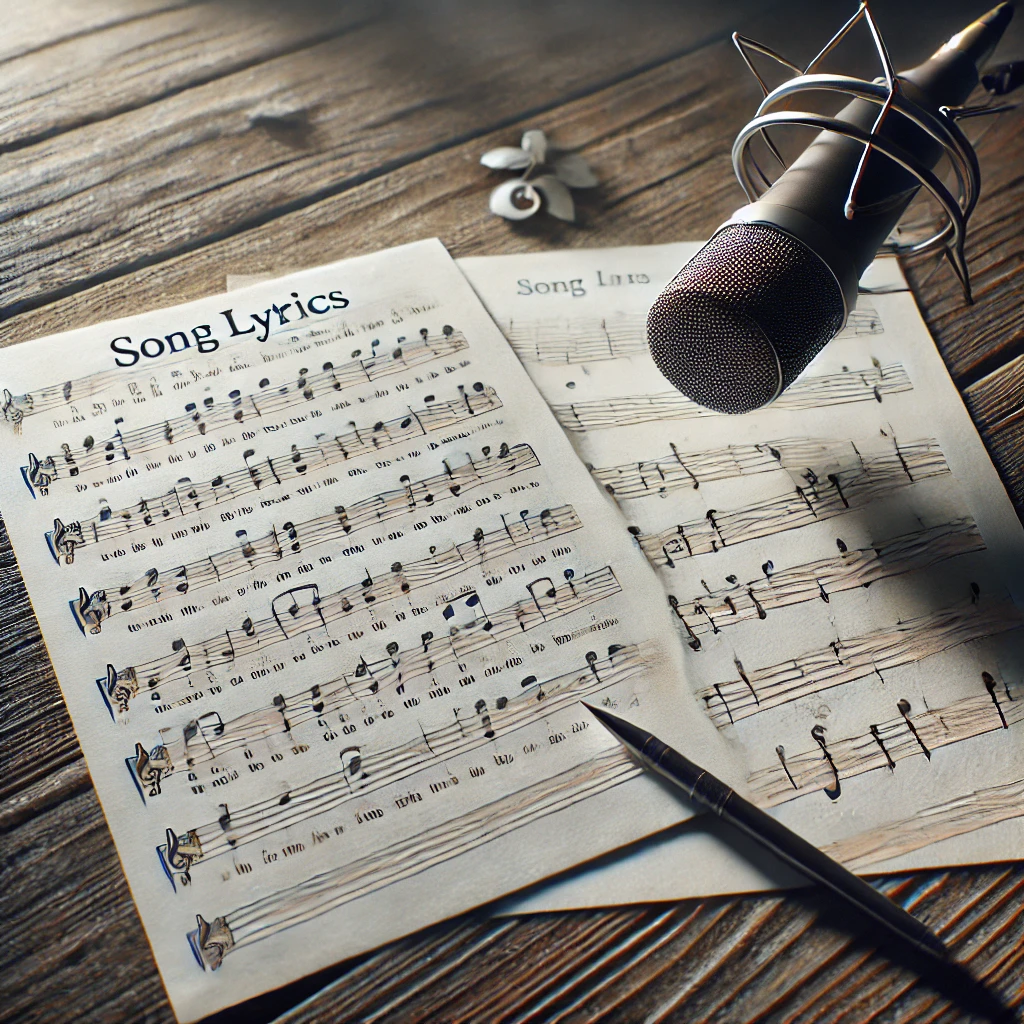6.2 Verbal and Non-Verbal Communication
Learning Objective
2. Identify effective verbal and non-verbal techniques in negotiation settings
If we think of communication as the music for the dance, we can consider verbal communication as the lyrics and non-verbal as the dance movements. Both are important components as they can add depth and meaning to the music itself.
Verbal Communication

In terms of verbal communication, the message and the delivery of the message are important to successful negotiations. Like the lyrics in a song, your words in a negotiation will convey your intentions. Think of a song that is very memorable or impactful to you. Often, we are drawn to songs that we can either repeat due to the clarity of the lyrics or that stimulate a particular emotion within us – the tone of the song. We need to focus on both the clarity or precision of our words and the tone or emotion within our words to have successful negotiations.
When we think of the actual words we will use in our negations, we want to be both clear and concise. When negotiating, clarity is very important because it avoids ambiguity, which can lead to misunderstanding among the parties. The simpler and more precise our language, the easier it will be understood by the other party. Remember, we want to communicate our wants and needs to the other party to facilitate a mutually beneficial outcome. Avoid using jargon or words that might be confusing to the other party. While some may think that confusing the other party can lead to a better outcome for themselves, it can be detrimental to the negotiation and can end the relationship. It is harder to remember a song in which you can barely figure out what the words are, and we want our words to be memorable in our negotiation. We also need to remember to be specific in what we say. Providing more details and examples helps the other party to really understand what we need from the negotiation. Specificity adds clarity to the negotiation by allowing both parties to truly be on the same page throughout the negotiation. When we prepare for our negotiation and plan our strategy, we should always ask ourselves whether we can provide more details to support our statements.
Not only is what we say important, but how we say it also matters to a successful negotiation. Think about how the tone of a song can evoke different feelings or emotions within us; the tone of our statements can also convey a variety of meanings (assertiveness, confidence, openness, etc.). There are a few different tones that are important to think about in negotiations. These include calm, empathetic and positive. Each of these is important to successful negotiations but also has a different meaning. When we are calm in our messaging, we demonstrate control, confidence and competence to the other party. Empathy is important to building that trust and relationship that we need to keep the momentum going and achieve a mutually beneficial outcome. Finally, a positive tone also helps with relationship building and encouraging collaboration among the parties.
Finally, we need to focus on harmony. We need our messaging and our tone to align to create a coherent message. We not only want our message to be clearly understood, but we also want it to be received in the intended way, through the tone that we use. Try to focus on consistency and adaptability, meaning that we should ensure our message and tone are consistent with one another but also adjust our tone to adapt to the other party to encourage collaboration and trust within the negotiation.
Non-Verbal Communication
Earlier, we thought of non-verbal communication as the dance movements, so three things come to mind: body language, eye contact, and gestures. All three are very important in successful negotiations as they add even more meaning to what we are saying and how we are saying it. Throughout our negotiations, we need to be aware of our body language, ensuring that it remains open and positive to foster collaboration and trust. Maintaining eye contact also demonstrates that we are actively listening to the other party and demonstrates our commitment to trying to achieve a mutually beneficial solution for all. Finally, gestures can help to emphasize our key ideas and show that we are engaged in the negotiation and actively listening and participating.
Image: OpenAI. (2024, August 21). ChatGPT. [Large language model]. https://chat.openai.com/chat
Prompt: Generate an image showing a sheet with song lyrics, next to it a sheet with a musical staff of the lyrics, and a microphone. Save as PNG file.

